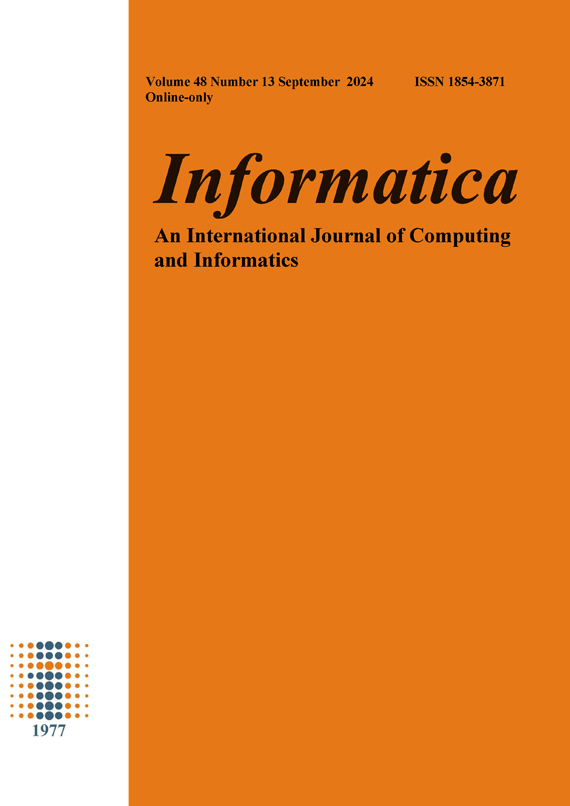Passenger Flow Prediction of Tourist Attractions by Integrating Differential Evolution and GWO
DOI:
https://doi.org/10.31449/inf.v48i13.6159Abstract
To further improve the experience of visiting tourist attractions and promote their long-term healthy development, this study analyzes the short-term passenger flow prediction of tourist attractions. The traditional long short-term memory network is selected as the basis of the prediction framework, differential evolution algorithm and grey wolf optimization algorithm are introduced to automatically optimize its hyperparameters, and a passenger flow prediction model is constructed based on intelligent optimization and deep learning. The experiment outcomes denote that the differential evolution improvement strategy designed in the study is beneficial for improving the global optimization of the grey wolf evolutionary algorithm. The average optimization values of different test functions are closest to the global minimum, effectively improving the population fitness. In the parameter optimization, the maximum value of hyper volume can reach 0.91. The minimum value of the inverse generation distance converges to 0.09, and the quality of the Pareto front solution is relatively high. The Spacing and Spread values are both above 0.8, indicating better diversity in the solution set. The improved prediction model has the lowest values in terms of average absolute percentage error, root mean square error, and mean absolute error. The maximum R-squared value can reach 0.945, indicating good prediction accuracy and goodness of fit. This study enriches the theoretical basis for optimizing and improving traditional time series models, improves the accuracy of predicting tourist flow in tourist attractions, and helps promote the healthy development of the tourism industry.Downloads
Published
Issue
Section
License
I assign to Informatica, An International Journal of Computing and Informatics ("Journal") the copyright in the manuscript identified above and any additional material (figures, tables, illustrations, software or other information intended for publication) submitted as part of or as a supplement to the manuscript ("Paper") in all forms and media throughout the world, in all languages, for the full term of copyright, effective when and if the article is accepted for publication. This transfer includes the right to reproduce and/or to distribute the Paper to other journals or digital libraries in electronic and online forms and systems.
I understand that I retain the rights to use the pre-prints, off-prints, accepted manuscript and published journal Paper for personal use, scholarly purposes and internal institutional use.
In certain cases, I can ask for retaining the publishing rights of the Paper. The Journal can permit or deny the request for publishing rights, to which I fully agree.
I declare that the submitted Paper is original, has been written by the stated authors and has not been published elsewhere nor is currently being considered for publication by any other journal and will not be submitted for such review while under review by this Journal. The Paper contains no material that violates proprietary rights of any other person or entity. I have obtained written permission from copyright owners for any excerpts from copyrighted works that are included and have credited the sources in my article. I have informed the co-author(s) of the terms of this publishing agreement.
Copyright © Slovenian Society Informatika








